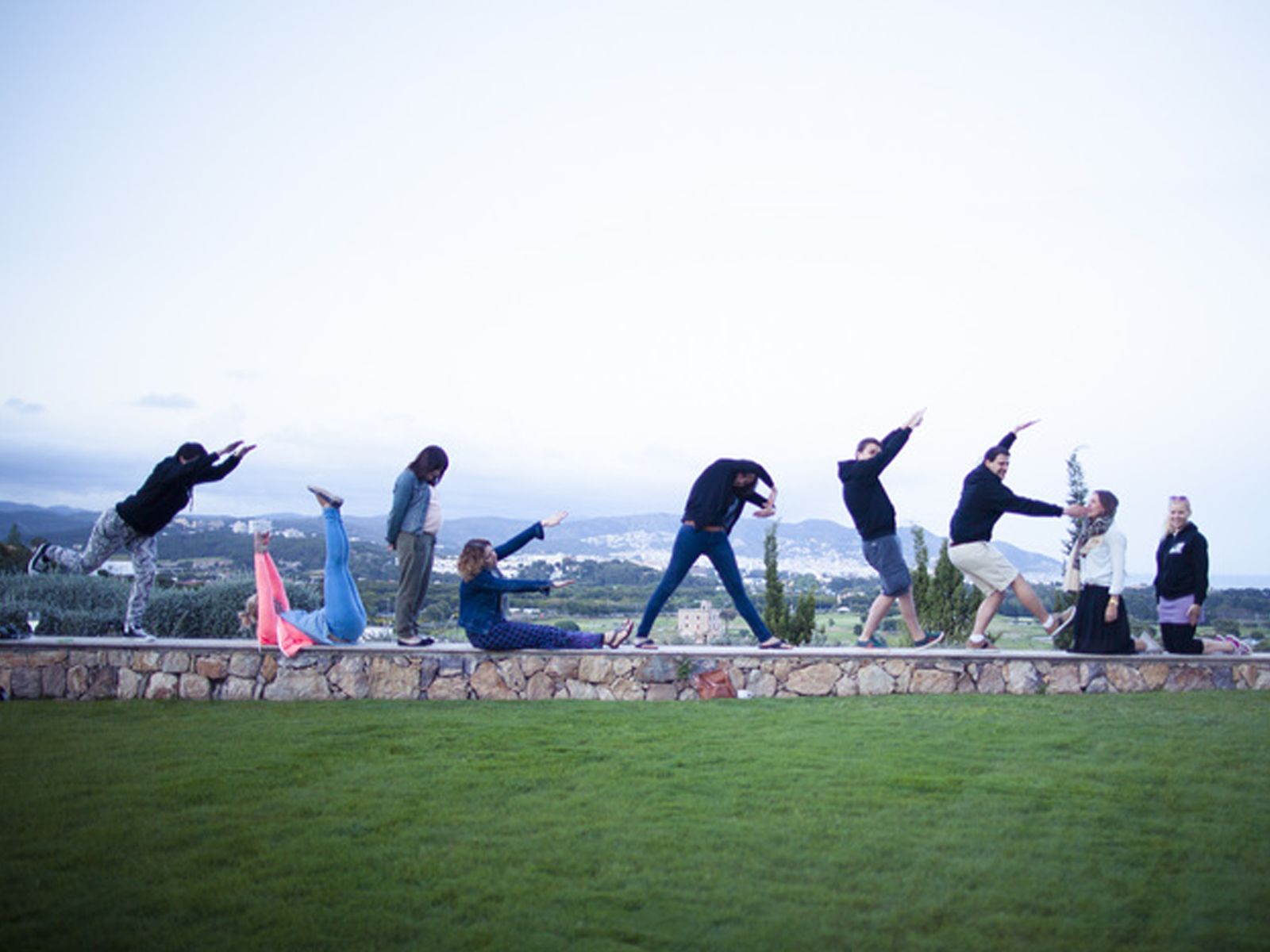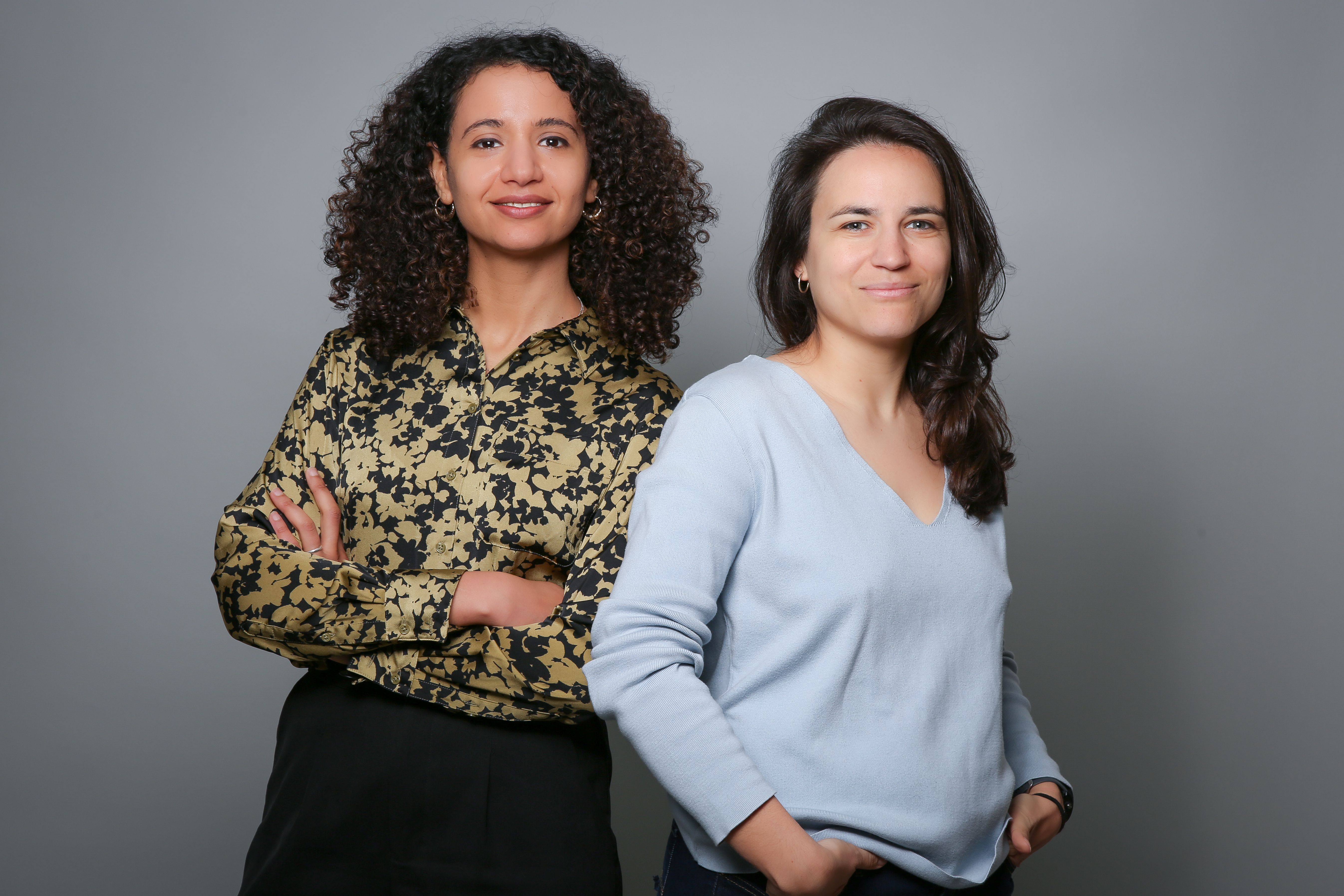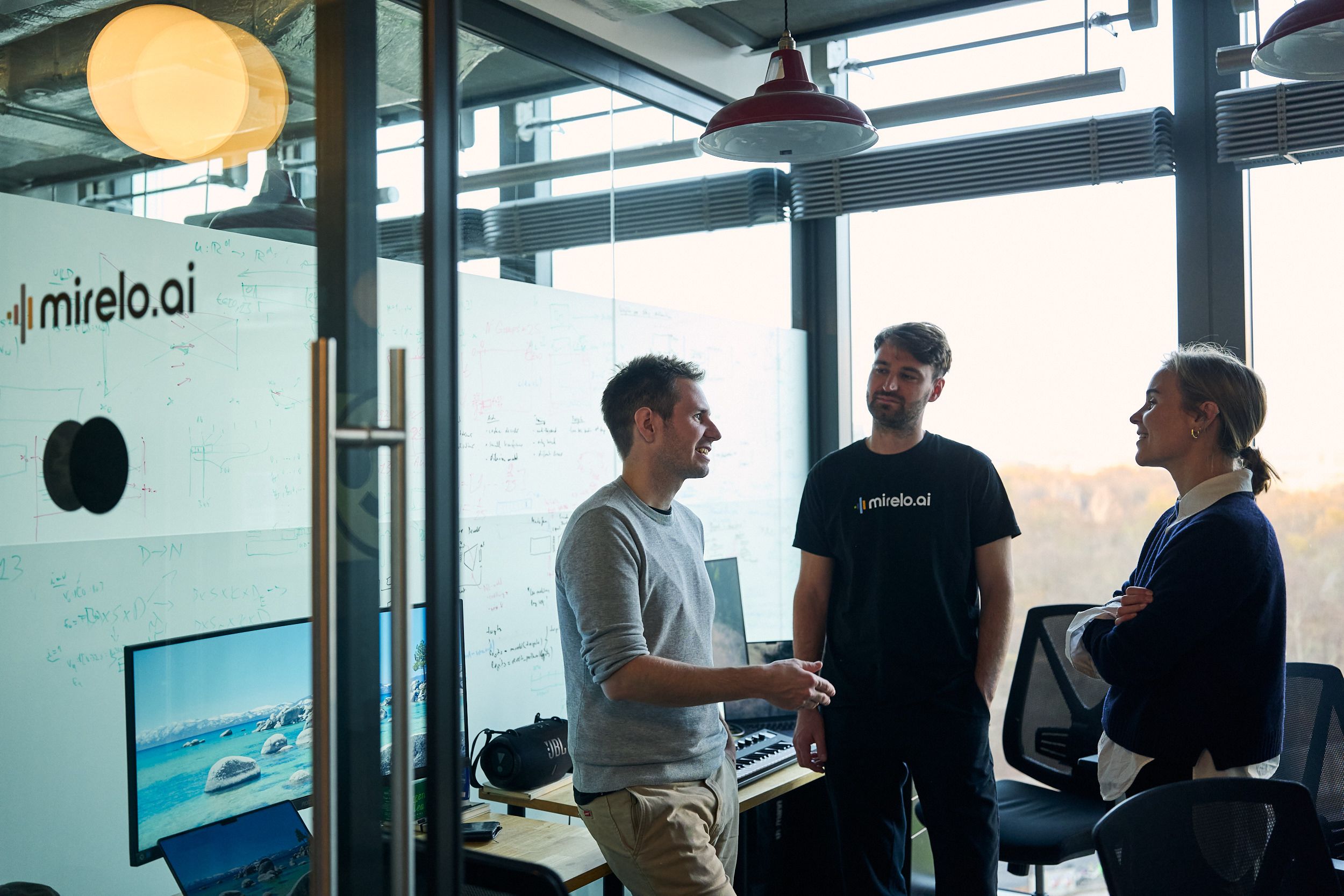Why we invested in Supercell...

While many looked at Supercell’s phenomenal rise and assumed that, statistically speaking, its best days had to be behind it, my partners and I took the contrary view and decided to lead a €100 million investment in the company.
By the time Forbes magazine publishes a story about a company that rocketed from zero to more than $2.5 million in revenues per day in less two years, you’d think that the best opportunity for a venture investment has passed. But while many looked at Supercell’s phenomenal rise and assumed that, statistically speaking, its best days had to be behind it, my partners and I took the contrary view and decided to lead a €100 million investment in the company.
Having tracked Supercell since its founding, we were aware of the enormous popularity of its two games. Both Clash of Clans and Hay Day held Top 5 positions for the longest period of any game in 2012 and Clash has held more #1 Top Grossing positions than any other game on the App Store-- ever. But staggering customer traction, revenue growth and profitability were not the main reasons we invested in Supercell. We have seen impressive numbers before-- granted none quite as impressive as these -- but what we found uniquely compelling was the way in which Ilkka Paananen and his team had managed to deliver two incredibly popular games which were showing no telltale signs of declining engagement, with such limited resources.
Although Supercell began building its first game in 2011, its founders had been refining the basic principles of their company over many years spent developing games and leading teams for other companies such as Digital Chocolate and Sumea. During these years, they not only honed their craft as coders, designers and leaders, but also developed a practical sense of what works and what doesn’t work for game companies, and emerged from the experience with a set of governing principles that have proven to be the recipe for a truly disruptive company:
Stay small to get big
The founders had witnessed the downfall of too many companies that had turned into bloated, bureaucratic behemoths with many design studios in multiple time zones requiring massive management overhead and crushing hierarchies to coordinate.
As its name implies, Supercell is organized as a collection of small, independent teams called cells tasked with developing new games or building new deep features for existing games. Cells are given complete autonomy in terms of how they organize themselves, prioritize ideas, distribute work and determine what they ultimately produce. Describing himself as the “world’s least powerful CEO”, Ilkka encourages cells to exercise extreme independence and prides himself on having no creative control over them once they are constituted. The company as a whole is merely an aggregation of these cells; a Supercell.
With only 100 employees compared to 3000 at Zynga and almost 10,000 at EA, Supercell offers a radically new model for agile content development that has made it the highest grossing iOS game developer with only 2 game titles (versus EA’s 970).
Short development cycles
Clash of Clans and Hay Day -- which are top grossing games in 122 and 78 countries respectively -- were built and launched in six months by teams of five and six people respectively. Keeping development cycles short means faster release cycles and happier, more engaged users. It also forces the teams to focus on the most important aspect of any game-- game play. This is in striking contrast to the AAA console industry which appears to have largely forgotten the value of great game play, devoting massive resources and Hollywood-class budgets to games with immersive, cinematic production values.
iPad First
Supercell made a bet that tablets would become the most popular gaming platform and devoted all of its creativity and energy to building games specifically for the iPad. The company has added iPhone versions but to this day, thinks of the iPad as the primary platform for its games. While this choice may sound trivial, and has now been adopted by many followers, the decision to focus everything on the iPad and deliberately not build for multiple platforms is an example of Supercell’s tremendous clarity of vision and the hallmark of a great strategy.
Build/test/refine/test/kill
Of course Supercell doesn’t kill all of its games, but it is extremely disciplined about deciding what game is ultimately launched. A cell building a game must drive to a deadline, which the cell itself defines, when the game is released internally. Both Clash of Clans and Hay Day reached this milestone in only three months. Based on feedback from this initial test, the game is either killed or sent back into development to be refined before another pivotal internal release when the cell determines based on internal feedback whether the game is killed or launched.
Unlike many studios that brush their failures under the rug, Supercell deliberately celebrates kill decisions because it recognizes that by building games quickly with small teams, it can have multiple shots at developing blockbuster game in the time it takes others to build a single game. It is also psychologically and economically easier to write off a project that was built by six people in six months than one that took 100 people 18 months to build.
Soul before science
While much has been said about some studios’ data-driven, rational approach to architecting the perfect game, Supercell has shied away from this trend and focused on embedding strong emotional hooks deep into the unique narratives, characters and settings of its games. This means that players of Supercell games get more involved and stay involved in the games for longer than many other tablet games; on average, players of Clash of Clans play the game ten times per day.
Free-to-play
My partner Ben Holmes describes Supercell as a third generation mobile gaming company. In the earliest days of mobile gaming, before the emergence of the current, ubiquitous smartphone platforms, the challenge of first generation companies like Glu Mobile was to make versions of their game that would run on as many handsets as possible and obtain access through the broadest range of operators. Lucky for everyone, the world moved on from that scenario with the emergence of iOS and Android which created an opportunity for second generation companies that focused on game genres that would have the broadest possible appeal to the millions of new players -- particularly the boatloads who joined the iOS platform in 2009, 2010 and 2011. Companies like Rovio typified this approach. By charging a low up-front price, they maximised the download volume and kept themselves at the top of the app rankings, so that anyone looking for cool apps for their new iOS device would see Angry Birds at the top of the leaderboards and reinforce the virtuous circle.
Today however, the majority of iOS app installs are driven by existing iOS users rather than new ones so the second generation strategy is no longer optimal. As a third generation company, Supercell focuses on maximizing the frequency of play, the overall length of play (measured in months and even years versus weeks) and the depth of player’s emotional attachment to the experience. These three factors determine the monetization potential of a third generation game which is why Supercell games, are free-to-play as a matter of strategy and monetize via in-app purchases. Companies like King, Backflip, Nordeus and Kabam also fall into the third generation category in our book.
By making every game free-to-play and by offering motivated players a regular stream of opportunities to enhance their experience by purchasing virtual goods, Supercell creates a genuine connection with its users that is proving much more sustainable than other games that have a pay-to-play model or exploit social graphs to maximize virality.
As we got to know Ilkka, his co-founders and the company they were building, we were struck by the consistency with which these principles were embodied by everyone on the team and by the coherence between these principles and the way in which the company and its processes were organized. We were also completely convinced by their long-haul commitment to building radically new type of game company that aspired to create lasting, decade-long franchises on par with World of Warcraft but on mobile devices with a free-to-play model; a company more focused on keeping existing players engaged than trying to systematically churn out novelties to attract new ones.
We developed a very strong conviction that this little company in Helsinki had deconstructed the game development process and come up with a unique model of efficiency, discipline and agility. Given the health of its balance sheet, Supercell clearly didn’t need to raise cash, so we proposed a deal under which we would buy shares directly from shareholders. In keeping with Supercell’s culture of fairness, every shareholder and option-holder at the company was given an opportunity to sell the exact same proportion of their stock, put some money in the bank and double down on their efforts to take the company to the next level.
From our point of view, the Supercell rocket still has a long way to go. We believe it will be one of the companies that will leave a lasting mark on its industry and are delighted to be part of the crew.
@narimer
Published — April 17, 2013
-

-
